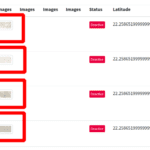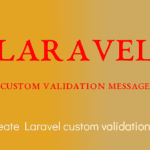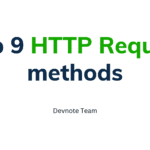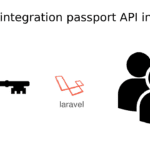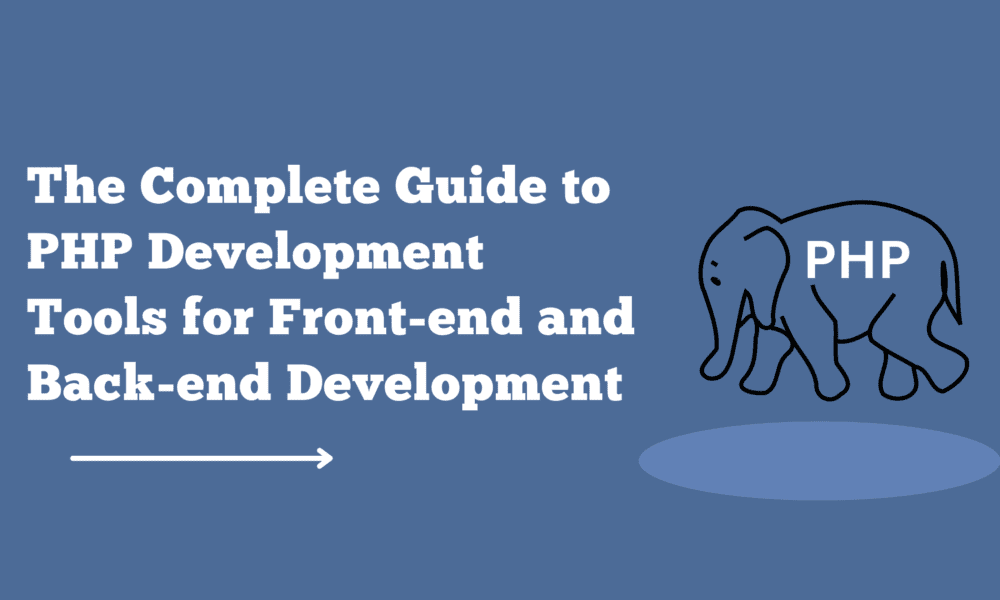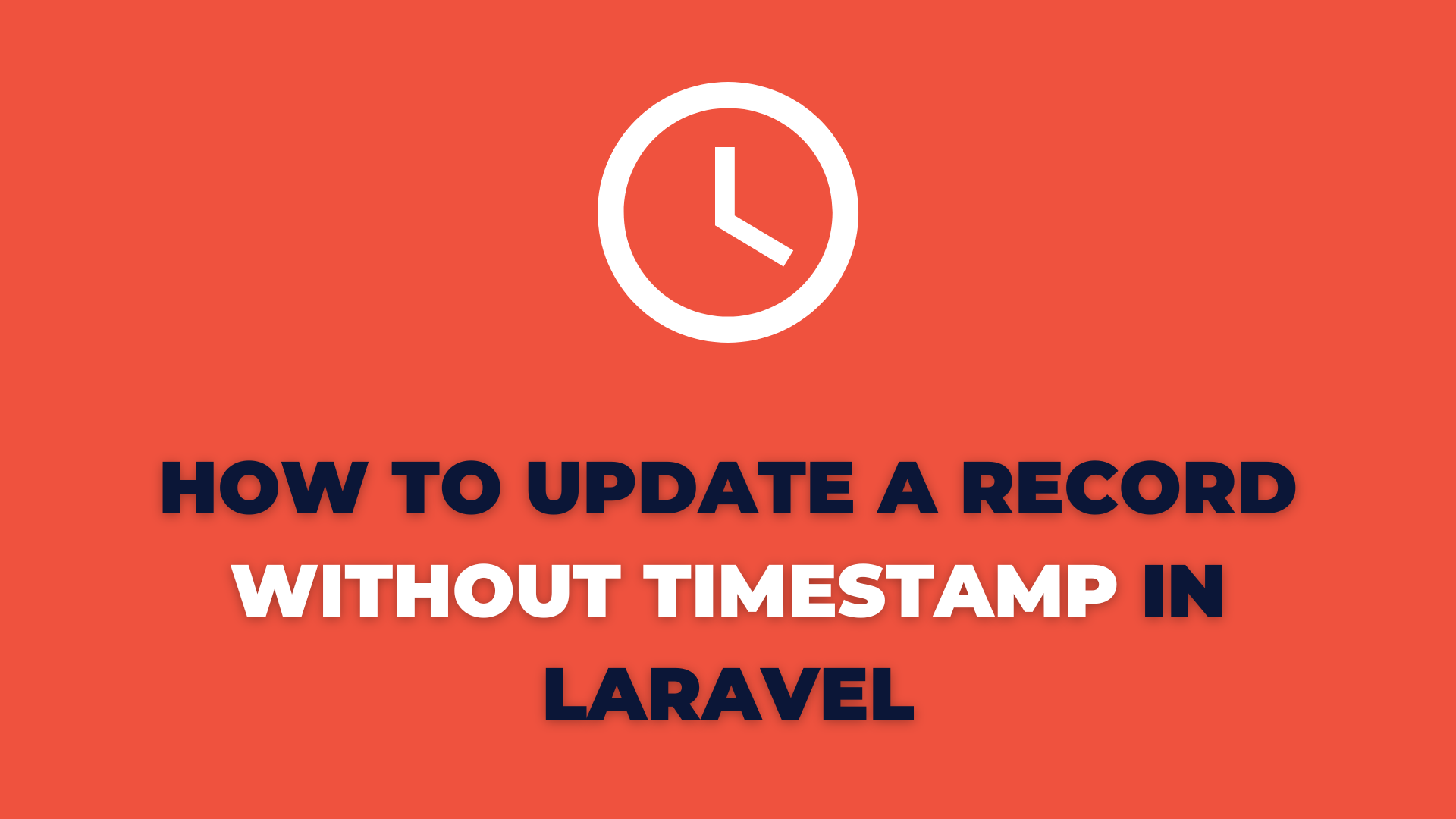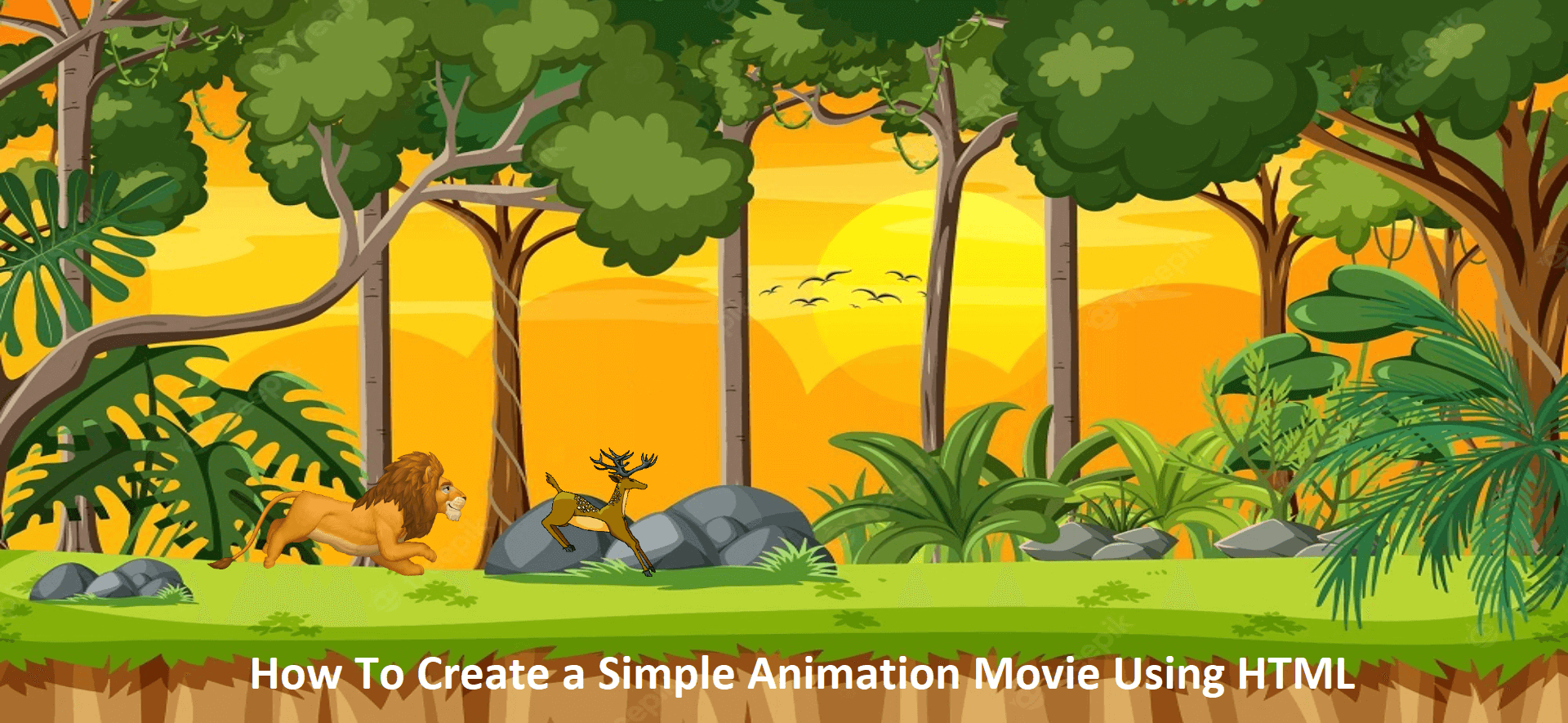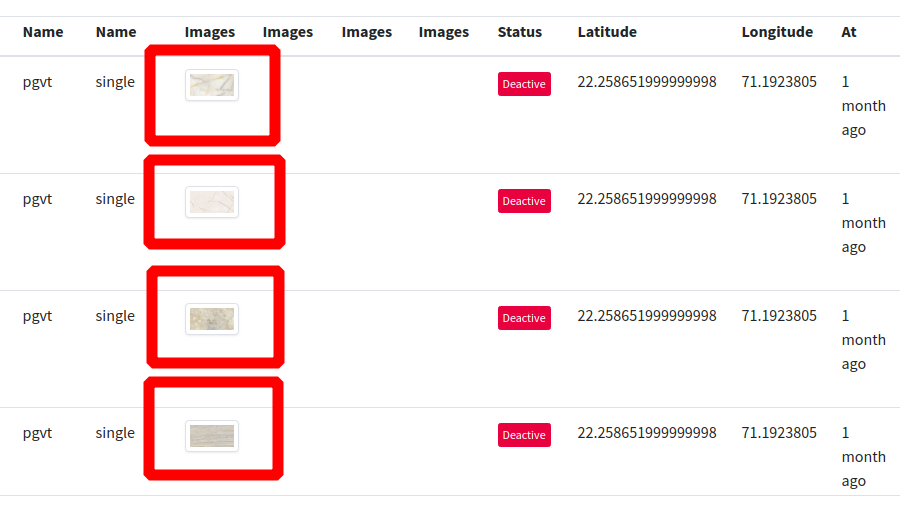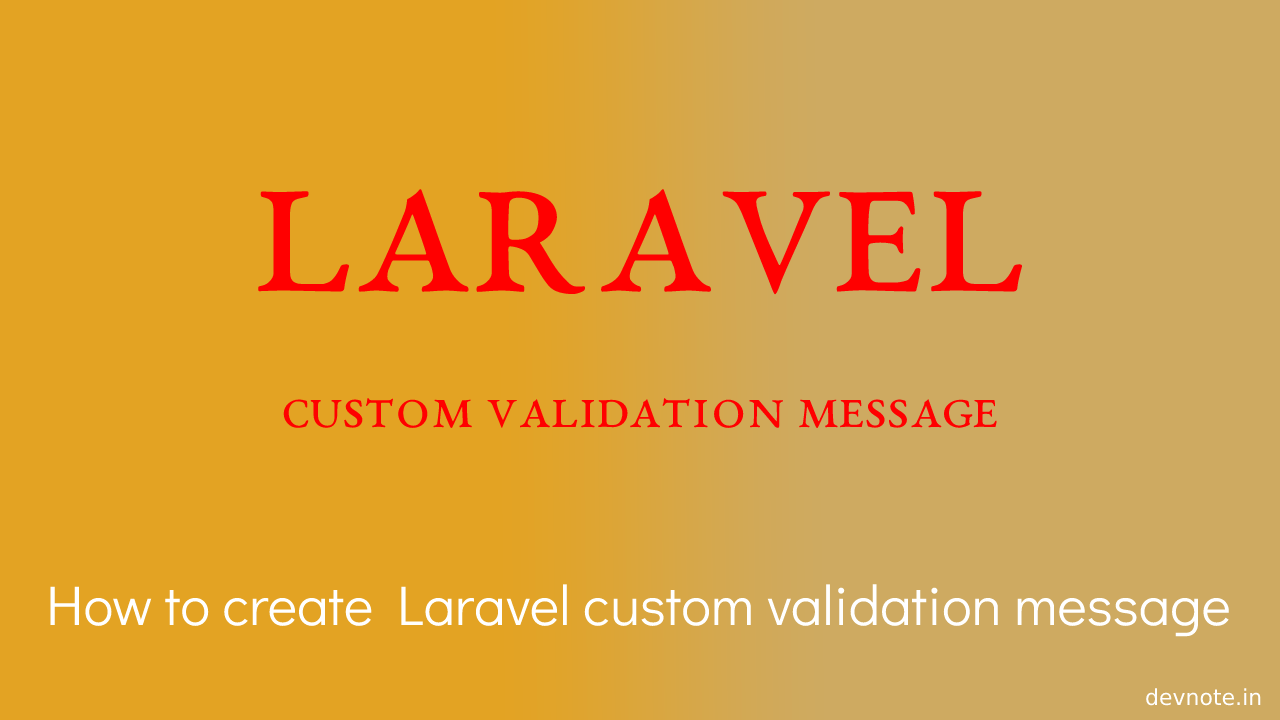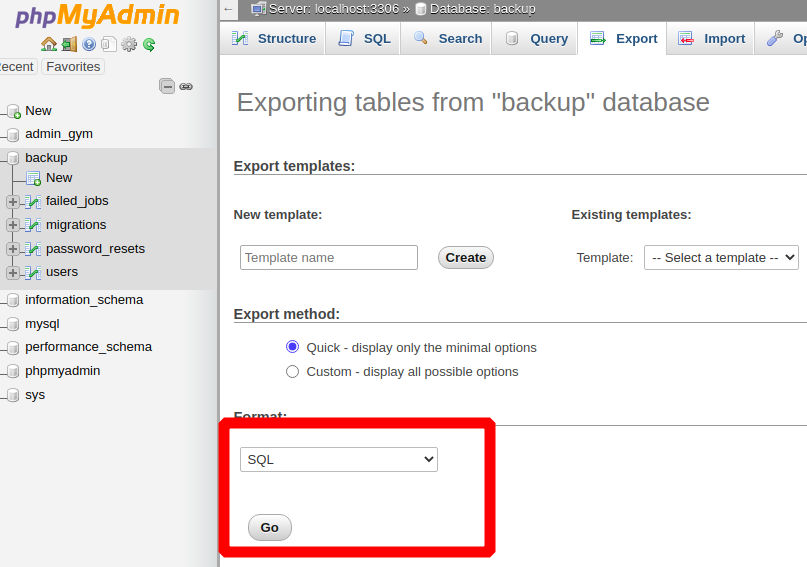The Complete Guide to PHP Development Tools for Front-end and Back-end Development
Table of concepts
- Introduction: What is PHP?
- PHP Frameworks
- Steps to becoming a Professional PHP Developer
- How To Choose the Best PHP Editor
- Conclusion and Final Thoughts
In this tutorial, we will learn The Complete Guide to PHP Development Tools for Front-end and Back-end Development.
Introduction: What is PHP?
PHP (Hypertext Preprocessor) is a programming language that is widely used for web development. It is a server-side language, meaning that it is executed on the server and the results are sent to the client’s web browser. PHP is a popular choice for web development due to its simplicity and flexibility, as well as its integration with popular databases such as MySQL.
PHP Frameworks
A PHP framework is a set of tools and libraries that provide a structured foundation for writing and maintaining PHP code. Using a framework can help speed up development time, as it provides a ready-made foundation for common features such as routing, database access, and security. Some of the most popular PHP frameworks include Laravel, CodeIgniter, and Symfony.
Steps to becoming a Professional PHP Developer
Learn the fundamentals of PHP programming. This includes syntax, data types, control structures, and functions. Familiarize yourself with common PHP frameworks and choose one to specialize in. This will make it easier to build web applications and understand code written by other developers.
Practice writing PHP code on a regular basis, either through small projects or by contributing to open-source projects. Stay up to date with the latest PHP features and best practices. This can be done through online courses, attending conferences, or participating in online communities. Consider obtaining a certification, such as the Zend Certified PHP Engineer, to demonstrate your expertise to potential employers.
How To Choose the Best PHP Editor
When choosing a PHP editor, there are several factors to consider:
- Syntax highlighting and auto-complete: These features can save time and improve the readability of your code.
- Debugging tools: Look for an editor with a built-in debugger or the ability to integrate with a debugger such as Xdebug.
- Code formatting: A good editor will automatically format your code to a consistent style, making it easier to read and maintain.
- Project management: If you work on multiple projects, look for an editor with project management features such as the ability to switch between projects easily.
- Some popular PHP editors include PHPStorm, Sublime Text, and Atom.
Conclusion and Final Thoughts
PHP is a powerful and popular language for web development, and there are many tools and frameworks available to help developers create dynamic and interactive websites. By learning the fundamentals of PHP programming and choosing the right tools and frameworks, you can become a professional PHP developer and build high-quality web applications.

